Making Corrugated Cardboard Stronger and Waterproof
As useful as corrugated cardboard is, we generally don’t consider it to be a very sturdy material. The moment it’s exposed to moisture, it begins to fall apart, and it’s …read more


As useful as corrugated cardboard is, we generally don’t consider it to be a very sturdy material. The moment it’s exposed to moisture, it begins to fall apart, and it’s easily damaged even when kept dry. That said, there are ways to make corrugated cardboard a lot more durable, as demonstrated by the [NightHawkInLight]. Gluing multiple panels together so that the corrugation alternates by 90 degrees every other panel makes them more sturdy, with wheat paste (1:5 mixture of flour and water) recommended as adhesive.
Other tricks are folding over edges help to protect against damage, and integrating wood supports. Normal woodworking tools like saws can cut these glued-together panels. Adding the wheat paste to external surfaces can also protect against damage. By applying kindergarten papier-mâché skills, a custom outside layer can be made that can be sanded and painted for making furniture, etc.
Beyond these and other tips, there remains the issue of protection against water intrusion. The (biodegradable) solution here is shellac. Unfortunately, pure (canned) shellac isn’t good enough for long-term exposure to moisture, so the recipe recommended here is: 0.5 L of (~91%) IPA, 125 g of shellac flakes, and 15 g of beeswax. After heating and stirring, a paste wax is created that can be brushed on the cardboard to provide water resistance, without turning said cardboard into chemical waste.
As an alternative waterproof coating (but not biodegradable) there’s another recipe: 100 g hot glue sticks, 25 g paraffine wax or beeswax, and 20 mL of mineral oil (which lowers the melting temperature).
Although these methods, including the also discussed UV protection coatings – require some time and materials investment. Since cardboard is effectively free, there’s something to be said for this approach, if only as a fun chemistry or physics project. For [NightHawkInLight] it’s being used as the roof on his DIY camper, for which it seems like a nice lightweight, waterproof option.
Thanks to [James Newton] for the tip.





























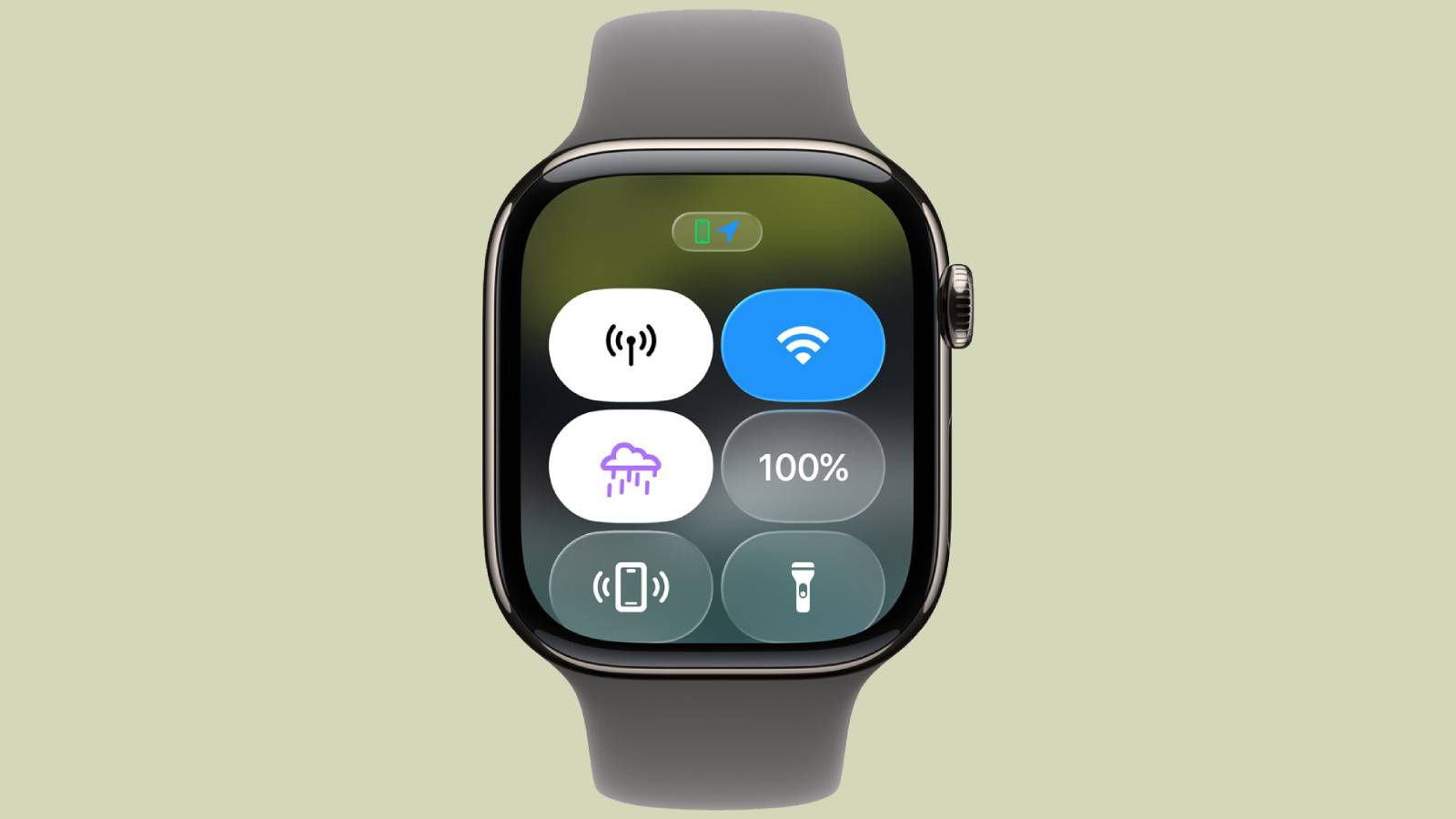



























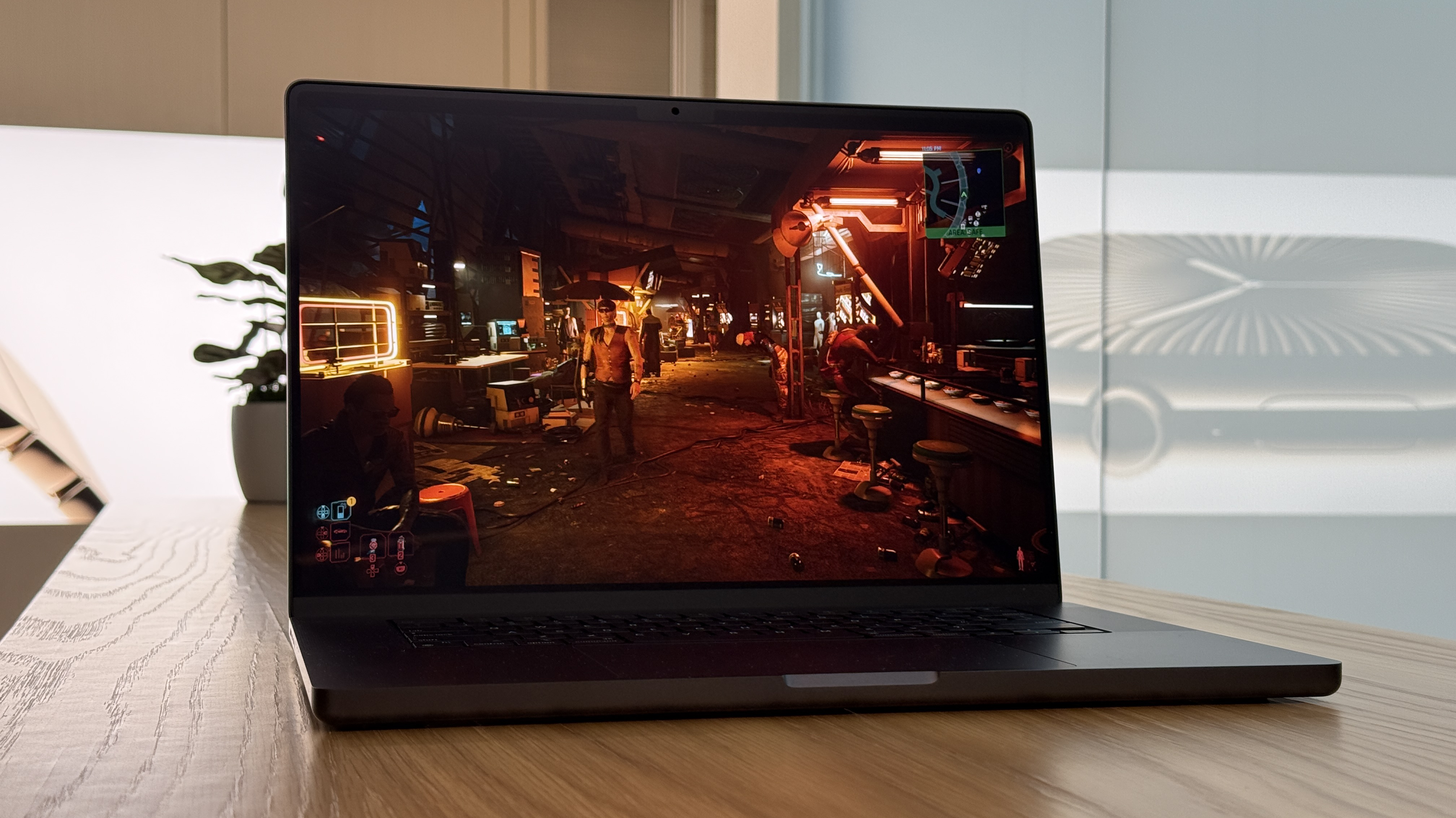
















![Apple M4 Mac Mini Back on Sale for $499 [Deal]](https://www.iclarified.com/images/news/97617/97617/97617-640.jpg)


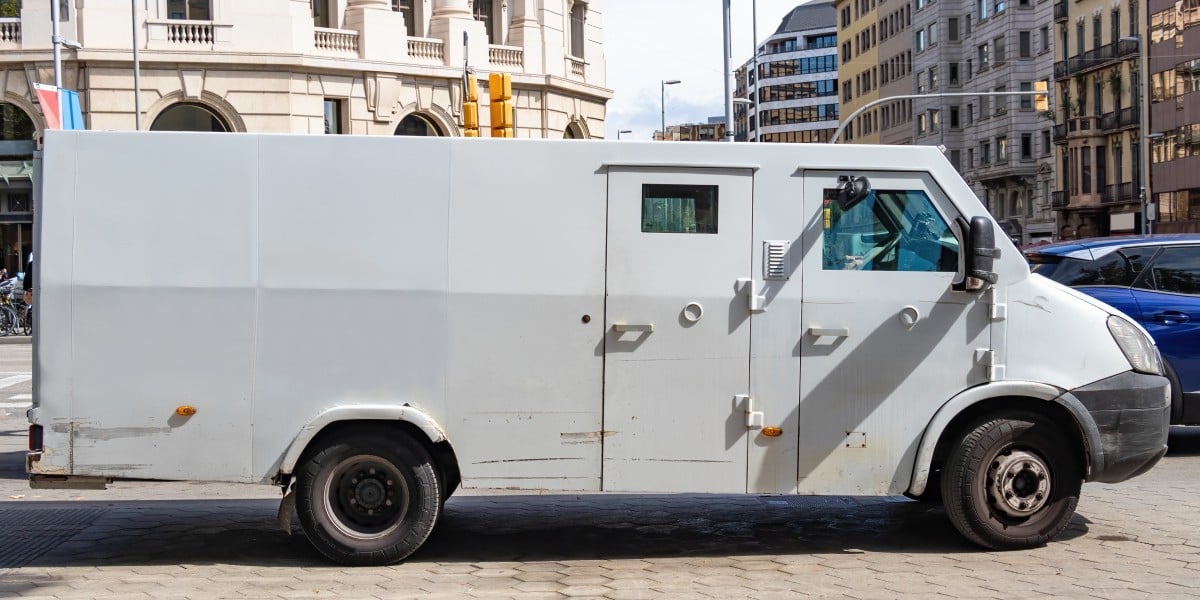

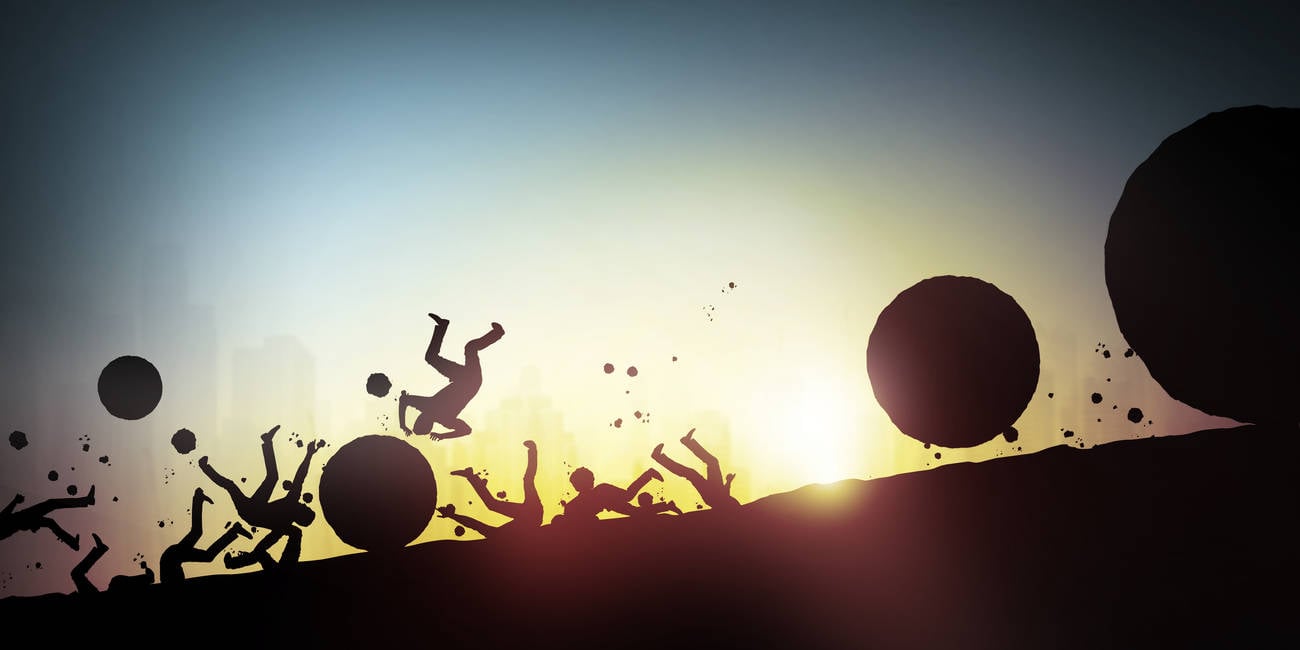

















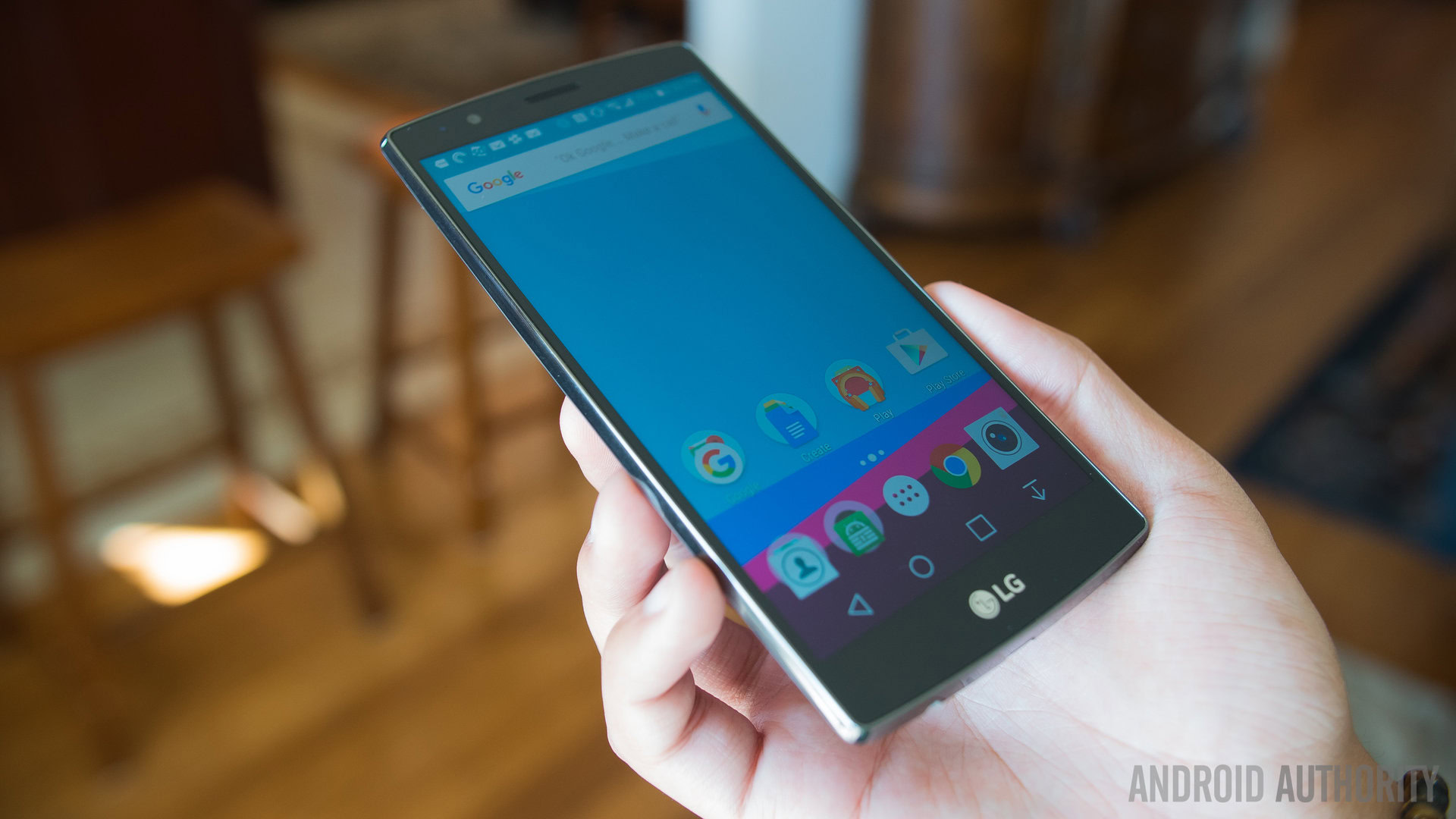
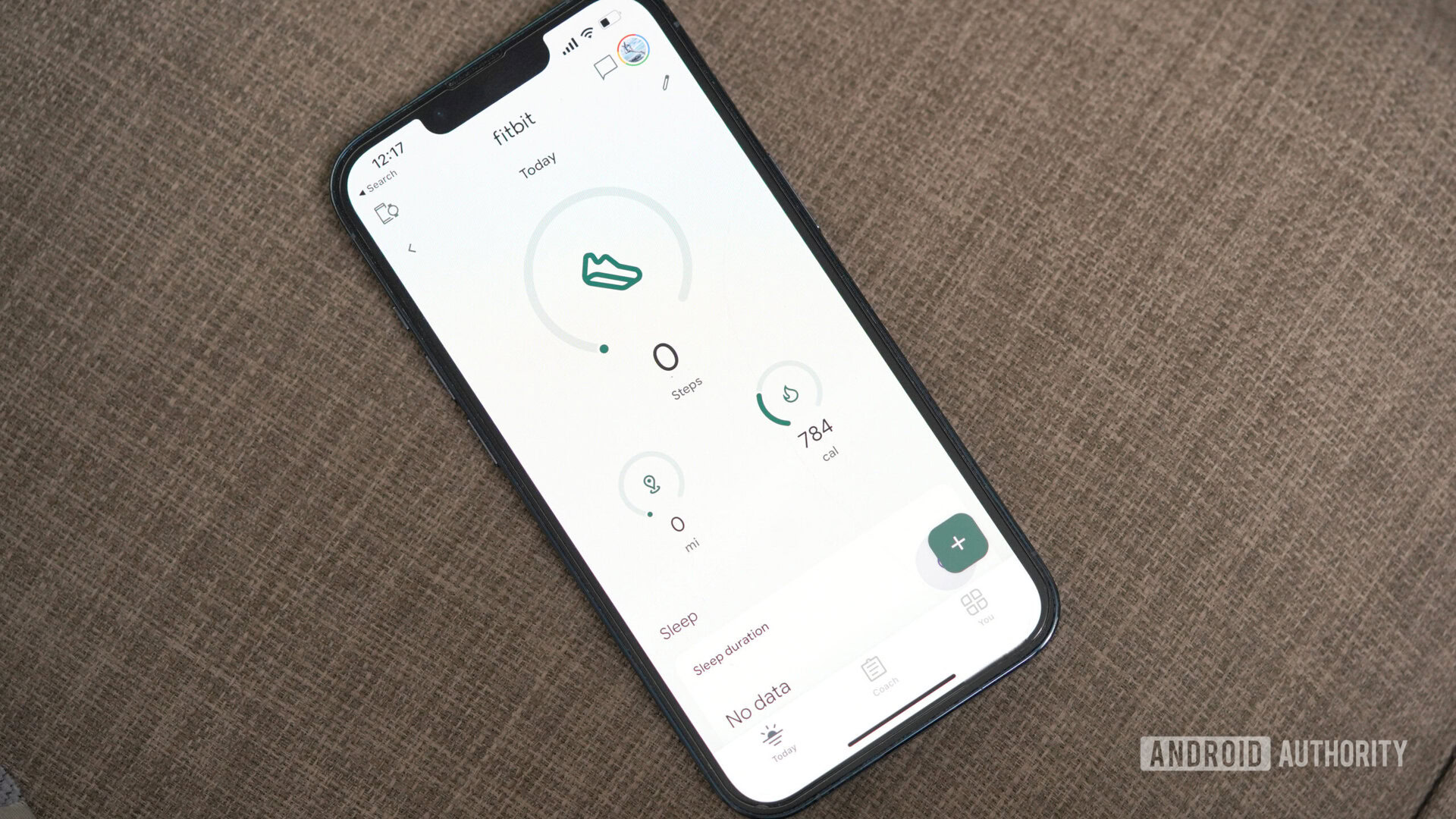

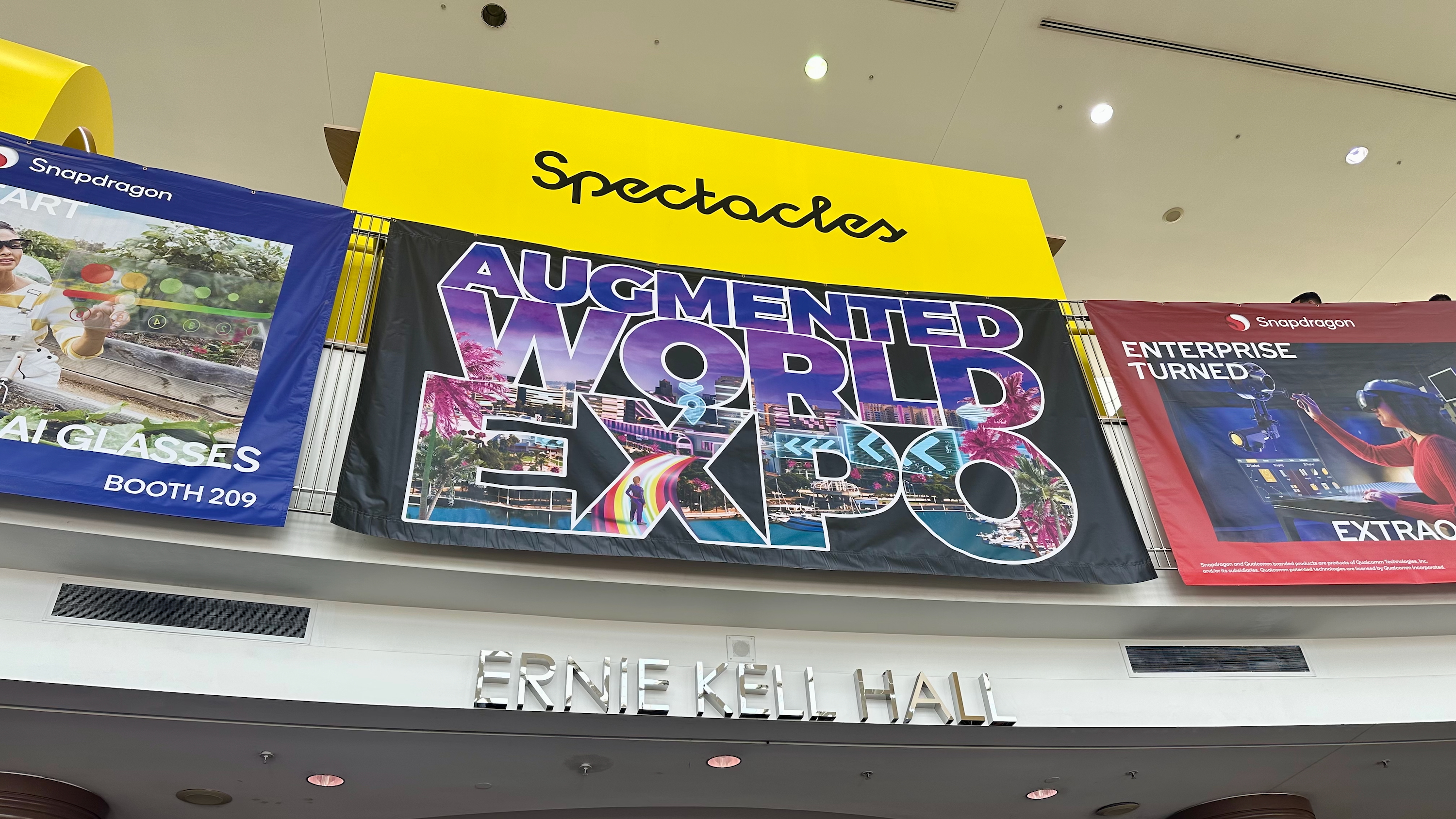
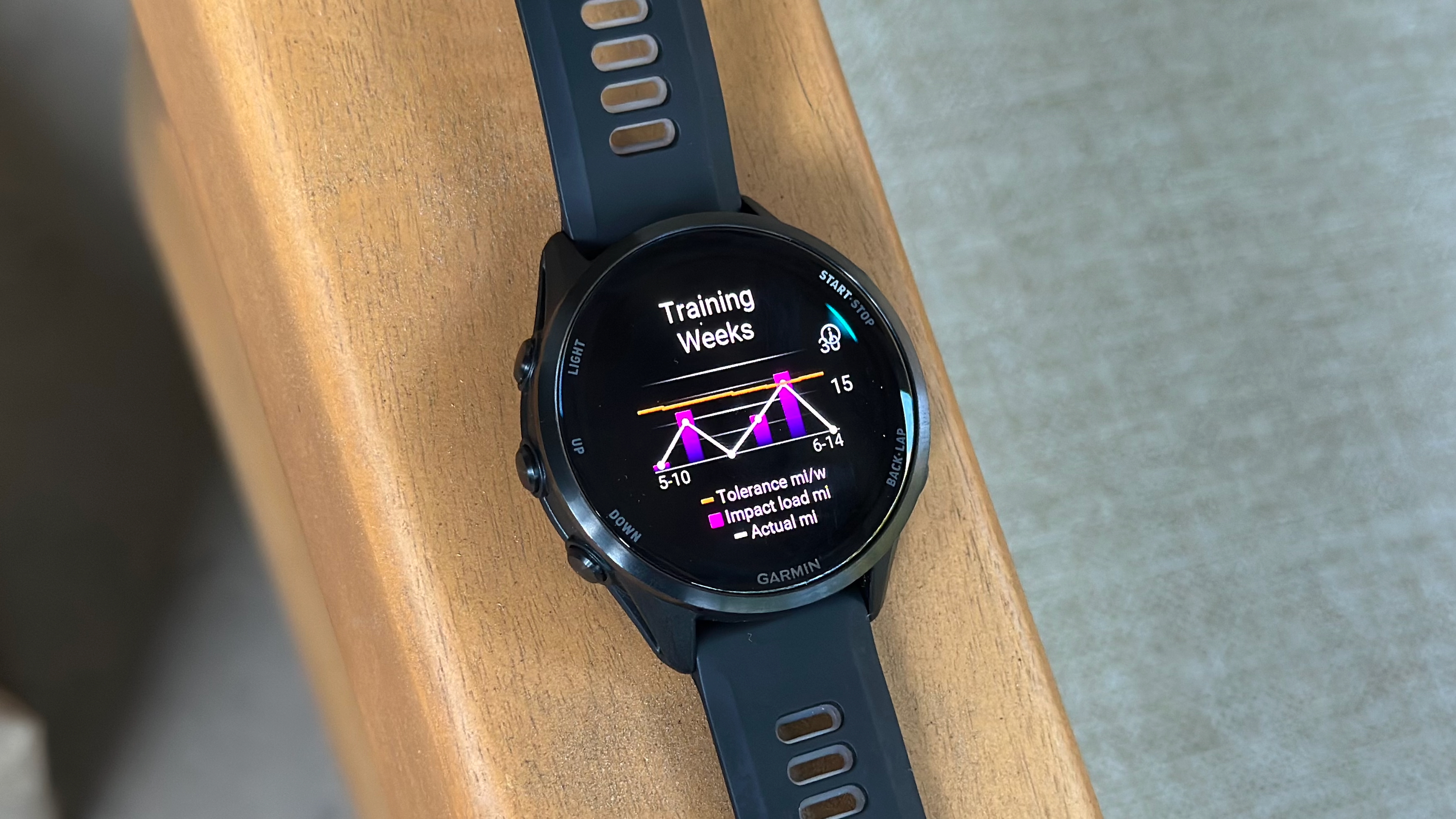

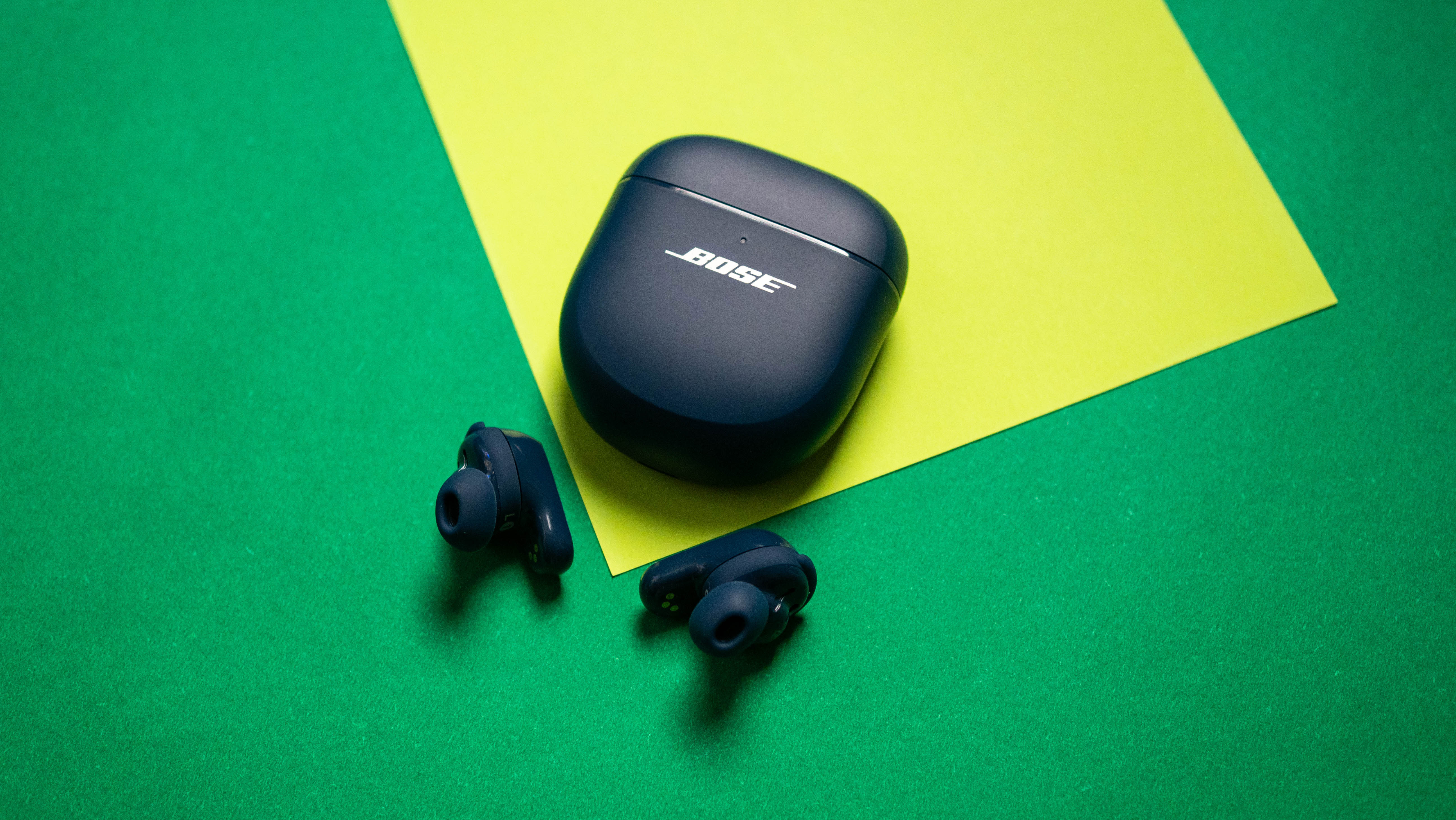

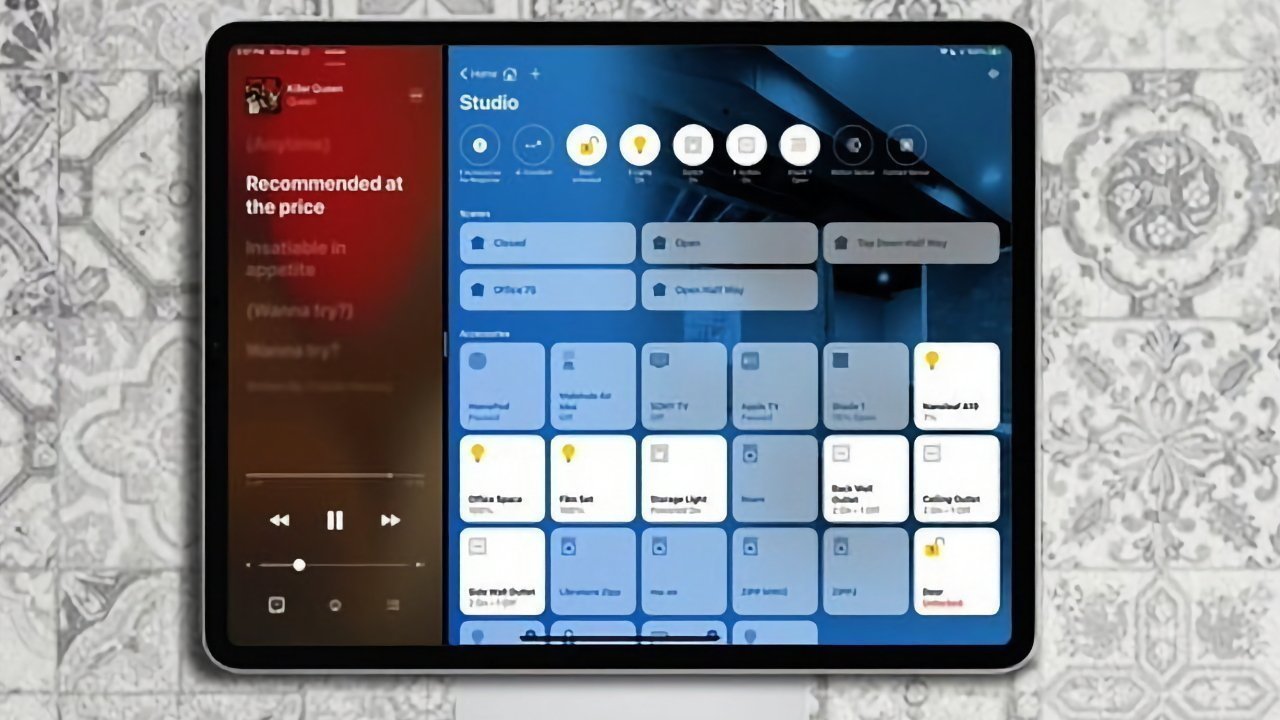
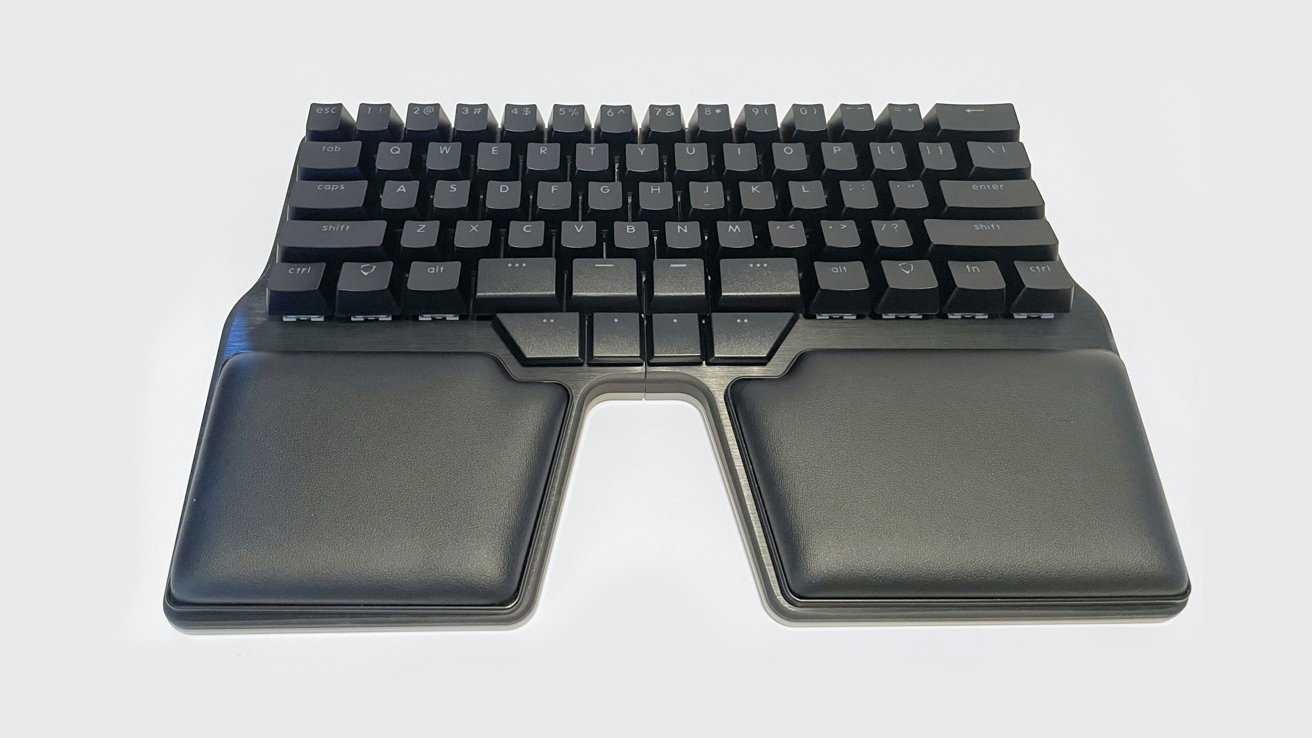
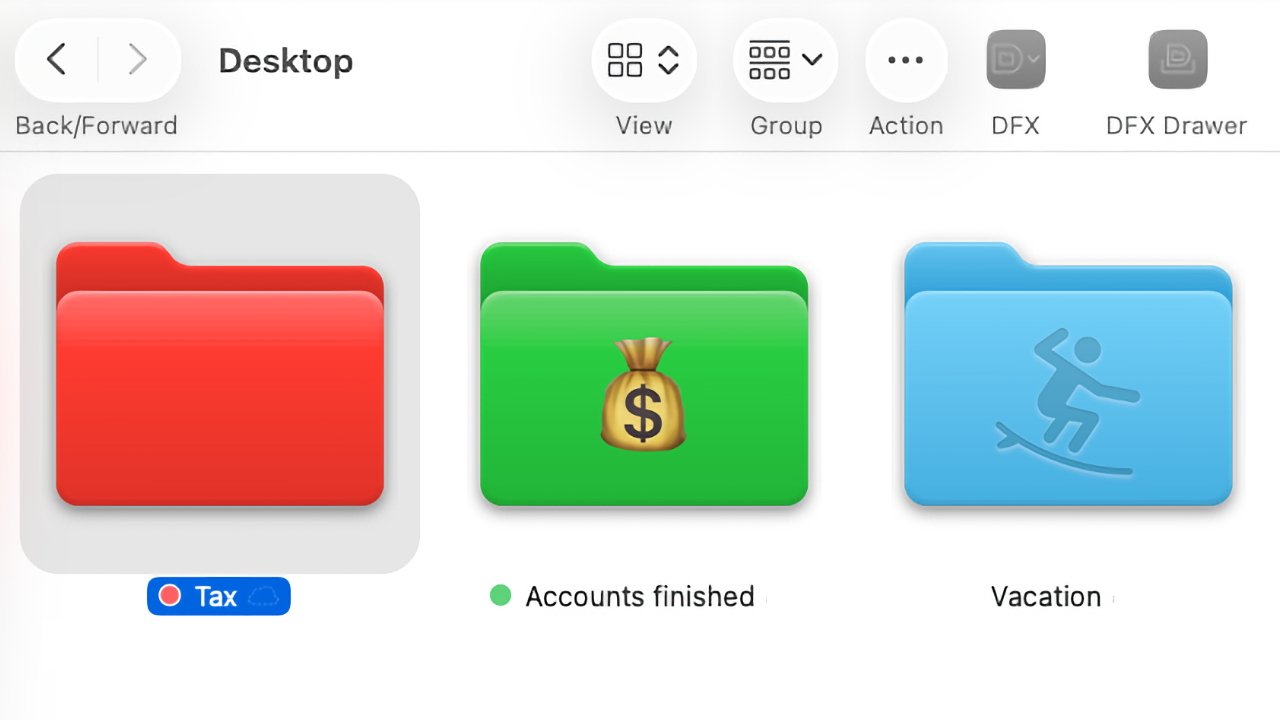






































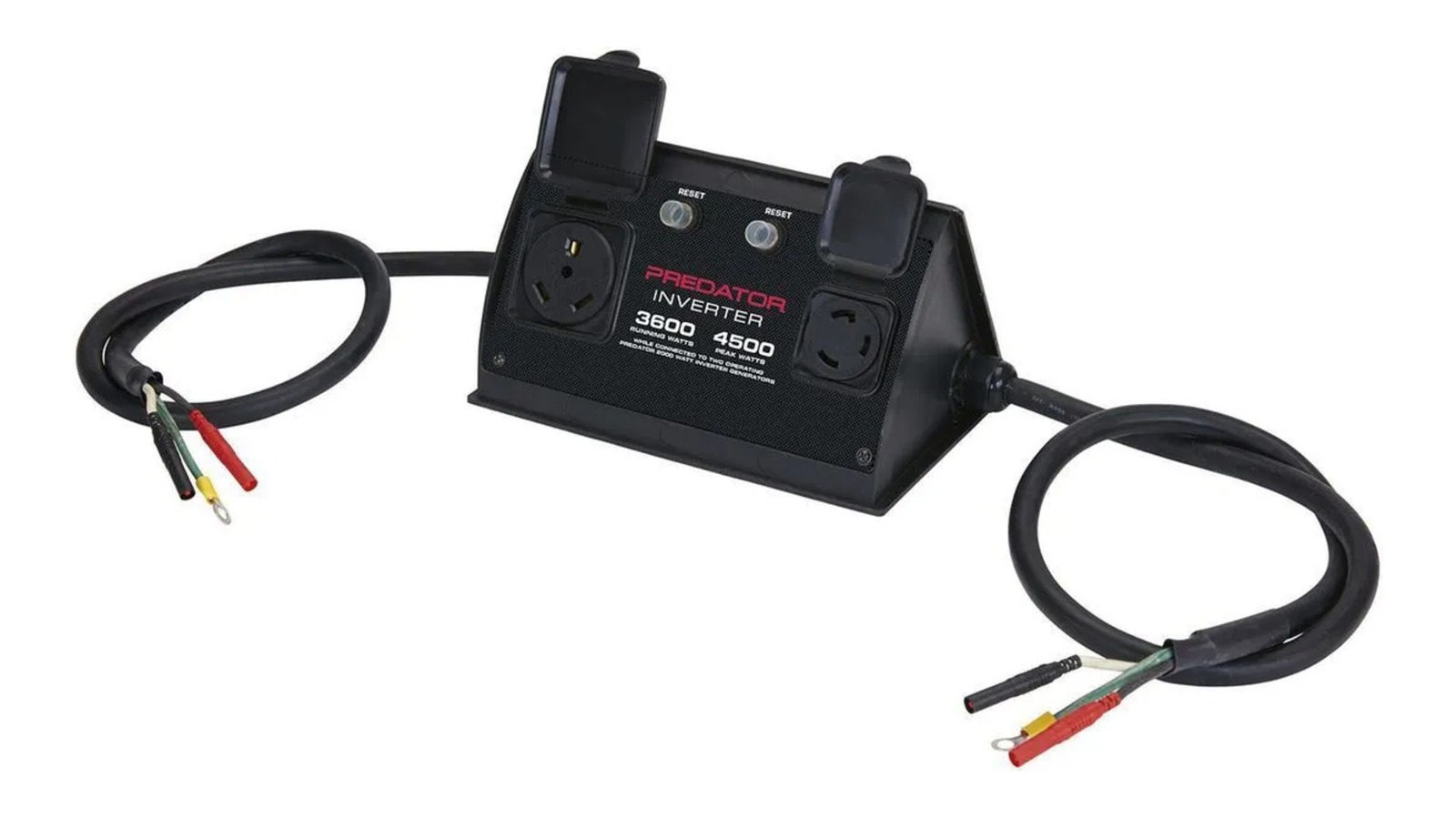
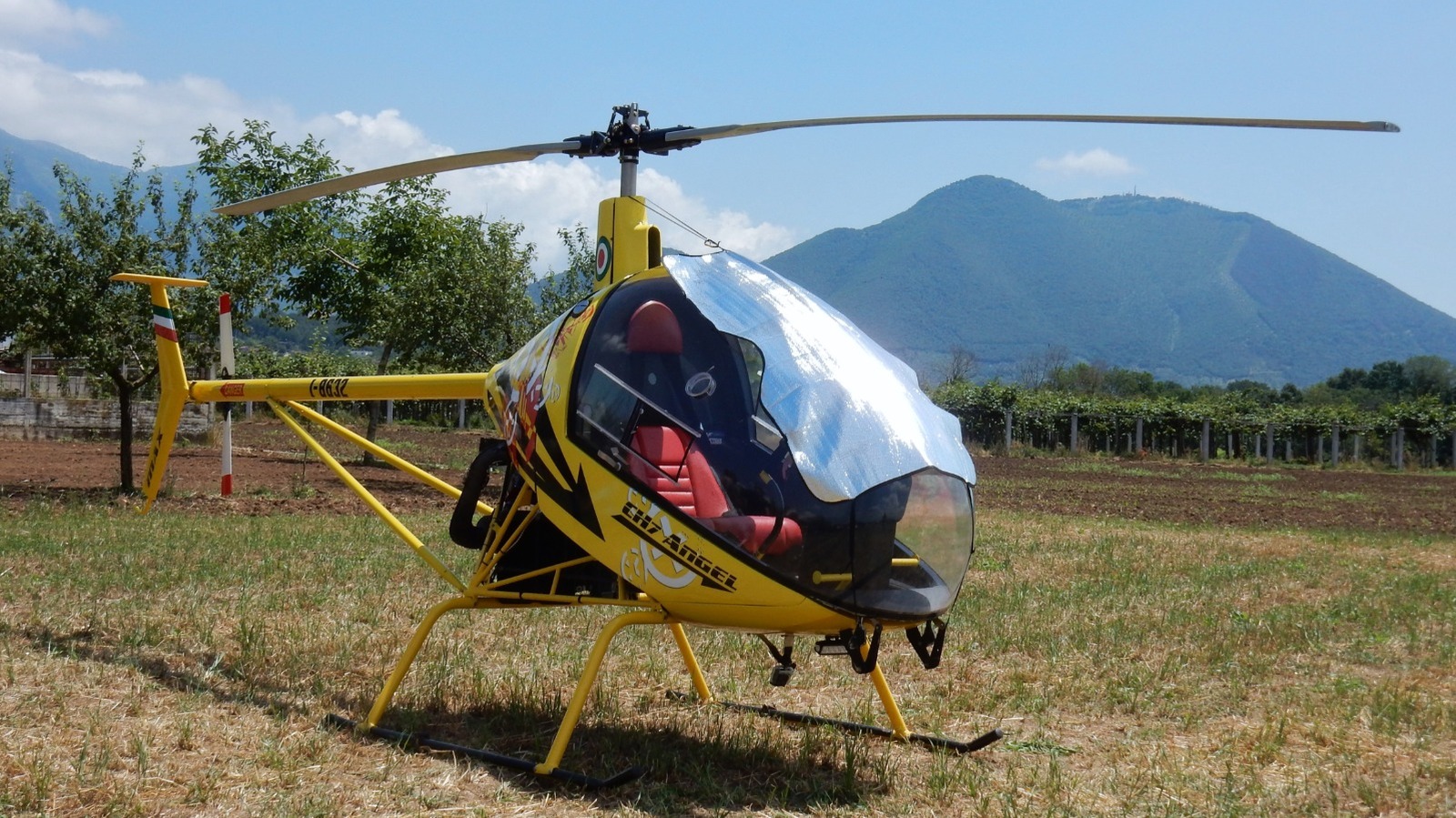
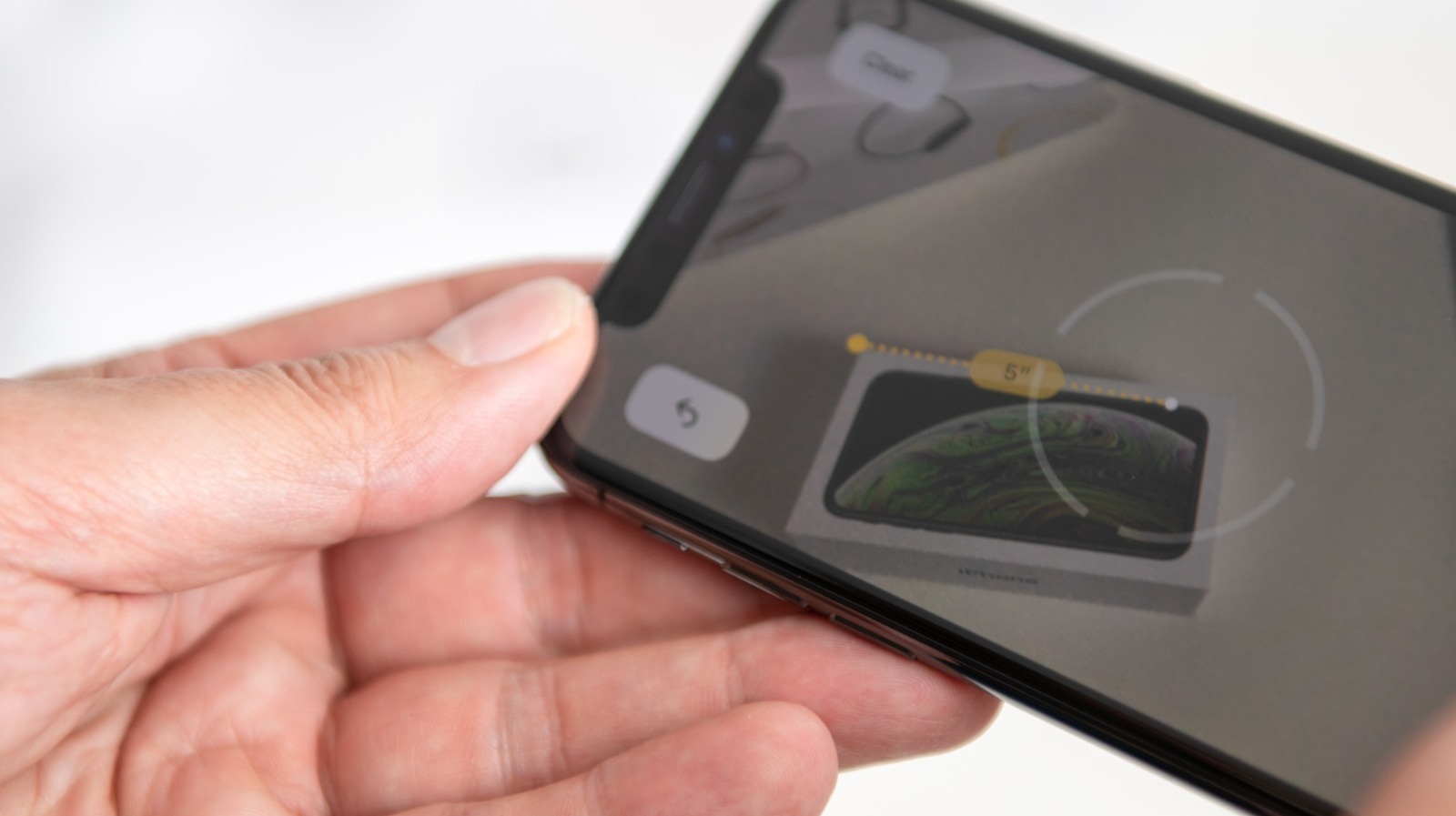
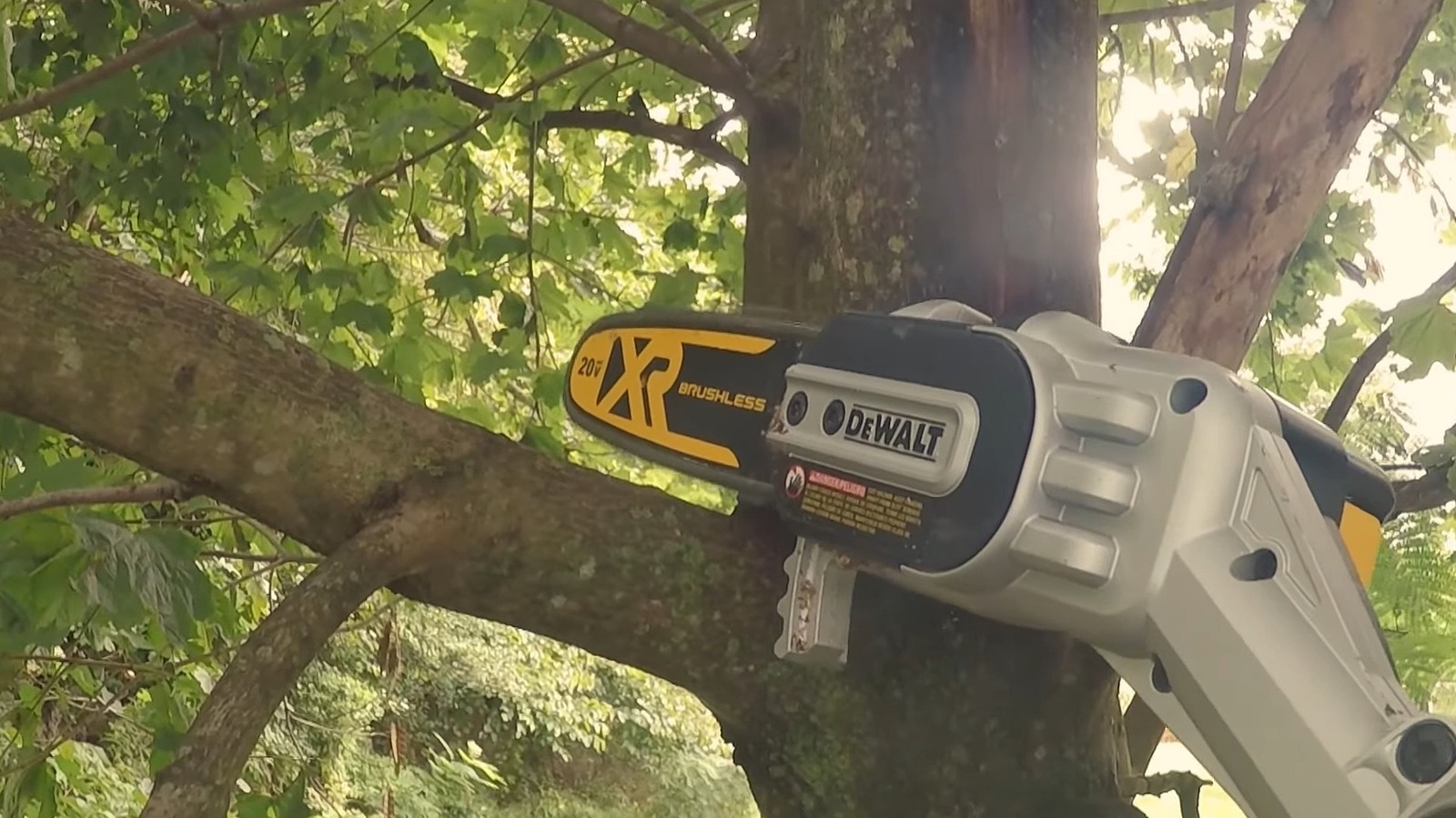




































_designer491_Alamy.jpg?width=1280&auto=webp&quality=80&disable=upscale#)

_Andreas_Prott_Alamy.jpg?width=1280&auto=webp&quality=80&disable=upscale#)















































































































![[The AI Show Episode 152]: ChatGPT Connectors, AI-Human Relationships, New AI Job Data, OpenAI Court-Ordered to Keep ChatGPT Logs & WPP’s Large Marketing Model](https://www.marketingaiinstitute.com/hubfs/ep%20152%20cover.png)






































































































![[DEALS] Internxt Cloud Storage Lifetime Subscription: 10TB Plan (87% off) & Other Deals Up To 98% Off – Offers End Soon!](https://www.javacodegeeks.com/wp-content/uploads/2012/12/jcg-logo.jpg)























![Designing a Robust Modular Hardware-Oriented Application in C++ [closed]](https://i.sstatic.net/f2sQd76t.webp)





















































.jpg?width=1920&height=1920&fit=bounds&quality=70&format=jpg&auto=webp#)

































































